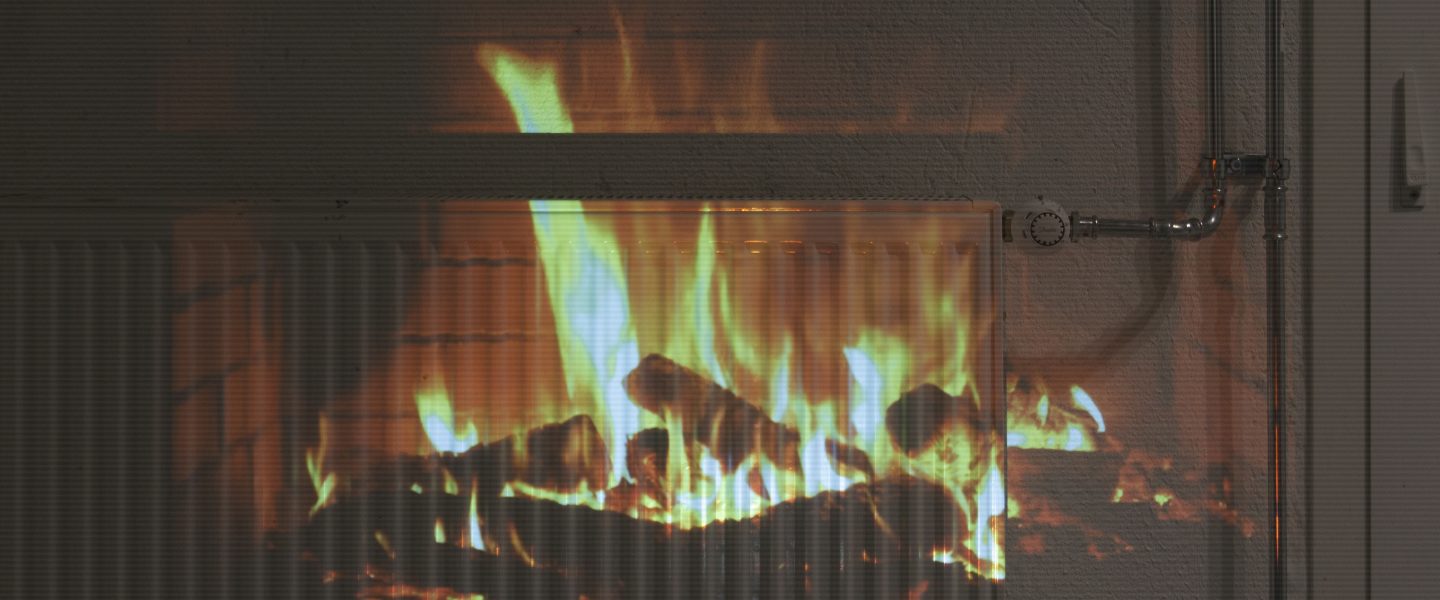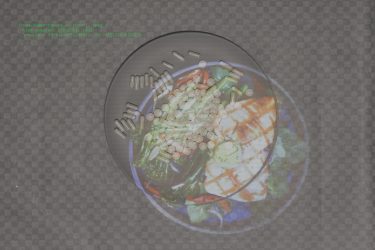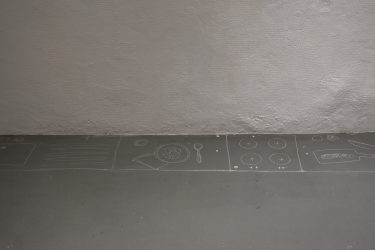
Foto Veera Gontšugova residentuuriprogrammist. Foto autor resident.
18-24. aprillil toimetasid Vent Space residentuuriprogrammis Veera Gontšugova ja Christopher Michael.
Veera on disainer, kelle loometöö põhineb ruumilistel sekkumistel. Nendeks näideteks on interjööridisain ja arhitektuur, ürituste korraldamine ja dekoratsioon ning muidugi ka installatsioonid. Tema praktika keskendub neoroarhitektuurile, mittemateriaalsele disainile, mitte-verbaalsele ruumilisele kommunikatsioonile ning hüpikruumidele. Hetkel õpib ta Eesti Kunstiakadeemia magistrantuuris sisearhitektuuri.
Christopher Michael on USAs, Philadelphias resideeruv kunstnik, kes töötab peamiselt video formaadis. Tema peamised huvid on folkloor, ruumipoeesia ja queer teooria.
Veera Gontšugova nädalapikkune residentuur aitas tal keskenduda utoopiamaailmale, kus pole enam oluline minna kodust välja. Residentuur keskendus reaalse ja virtuaalse maailma augumentatsioonile.
Christopher Micheal reflekteerib Veera tööd järgnevalt:



A Home at the End of Reality
The virtual welcome mat of Veera’s home asks you to log in and choose your visibility before entering the space. The small rectangle nods to the sign in screens formerly found on the home pages of AIM or ICQ, a reminder that you are a visitor here. It floats seemingly above the floor, waving in perpetual motion. Staring at it a while, you can easily forget that this mat doesn’t actually exist in any conventional material form. Rather, like most of Veera’s home, it is a creation of augmented reality.
I am always struck by the smell of burning incense here. Standing on the welcome mat you can watch the digital smoke floating in the corner of the room, rising in an uncanny, uniform fashion.The incense itself is a digital creation, but the smell radiates through the space just as real as a candle or someone’s perfume might. This is not a trick of the mind, but instead an effect created by advanced virtual sensory technology. The virtual incense utilizes near-infared spectroscopy to digitally reflect the scent of the now-extinct white sage, a ghostly smell that permeates the room. It hits your nose first with a metallic sting, your mind slowly working to recognize the smoky sweet scent from days long gone. It’s a faint, haunting smell, almost indistinguishable unless you stop to focus on it.
Entering the space, I put my shoes next to the noisy digital fire. The crackling flames produce a primal fear in my brain, and I place my hand to its warm blaze to remind myself it can’t actually hurt me. The crackle of the flames is noisy, the heat a little too hot, so I ask Veera if we can turn it down before moving to the middle of the room. Walking from the welcome mat my bare feet brush the 3D modeled Afghan rug projected in the center of the space. Every so often the rug pixelates, the pattern becomes blocky and fades out of view. The carpet, a digital rendering of a classic Bukhara pattern, is presented with such detail my body is reminded of the sensation of walking over the knotty textile. For a brief moment I can feel the rug, tender under my hardened foot, my flat sole against the coarse fiber. It is only when I close my eyes and take a deep breath that I can feel the harsh, metallic ground the rug is actually projected on to.
Veera invites me towards her closet and asks me if I want to try on clothes. I decline but ask if I can use a face filter instead. I stand beside her as she scrolls through designer shops – Dior and Rick Owens – virtually projecting digital pieces from their latest collections onto her body. Some of the clothes are so outlandish I can’t imagine them existing in any material fashion, but we laugh as she takes selfies and poses with them. I open up an app and go through my options for face filters. There is an array of characters and celebrities to choose from; Donald Trump, the Smurfs, Beyonce. I scroll through the cartoon options and decide on a panda. A voice comes on and asks me to stand still and close my eyes while the filter recognizes my face. When I open my eyes again I see my top half has been completely transformed into a cartoon bear, which imitates my every facial expression and movement. Veera and I take a photo together, her in Rick Owens and me with my panda filter. We post the photos to our social media pages before turning the effects off and scrolling through more filters.
Standing in Veera’s closet, I am reminded of being a child and playing games like Stardoll or Animal Crossing on my computer. I remember spending hours dressing up digital cartoon characters and designing my virtual home, getting lost in the other reality that existed within my screen. As we grew older, the technology expanded around us; first our phones augmenting everyday environments, then holographic technologies giving that virtual world a materiality of its own. Our generation developed a unique literacy towards these technologies, growing with them as the metaverse developed around us. Our definitions of what constituted the “real” became more complex, with simulated objects holding just as much weight as their physical counterparts. It made sense too, as our fixation on materiality generated overcrowded landfills and destroyed the oceans. As the virtual world blended into the physical we realized we didn’t need to be so reliant on materiality, as our simulated reality was just as “real” as any other.
Later in the night, as we drink wine and stream music in her living room, Veera tells me about a game she used to play as a child where she would draw a home on the floor in chalk. She would plan out every room and tell stories of what went on in each, imagining a vivid domestic life. We talk about how our homes are like this now, with virtual technologies allowing us to expand on our spaces in whichever way our imagination chooses. Much like Veera’s childhood game we too are dreaming up our reality, developing a relationship to the world that is not defined by materiality. I think about a recent lecture where the speaker warned we are living at the end of reality, with our relationship to the natural world having become completely broken by technology. As I walk around Veera’s space I think about his cautions of the virtual home and can’t help but laugh. If this really is the end of material reality, why do we feel so at home?
